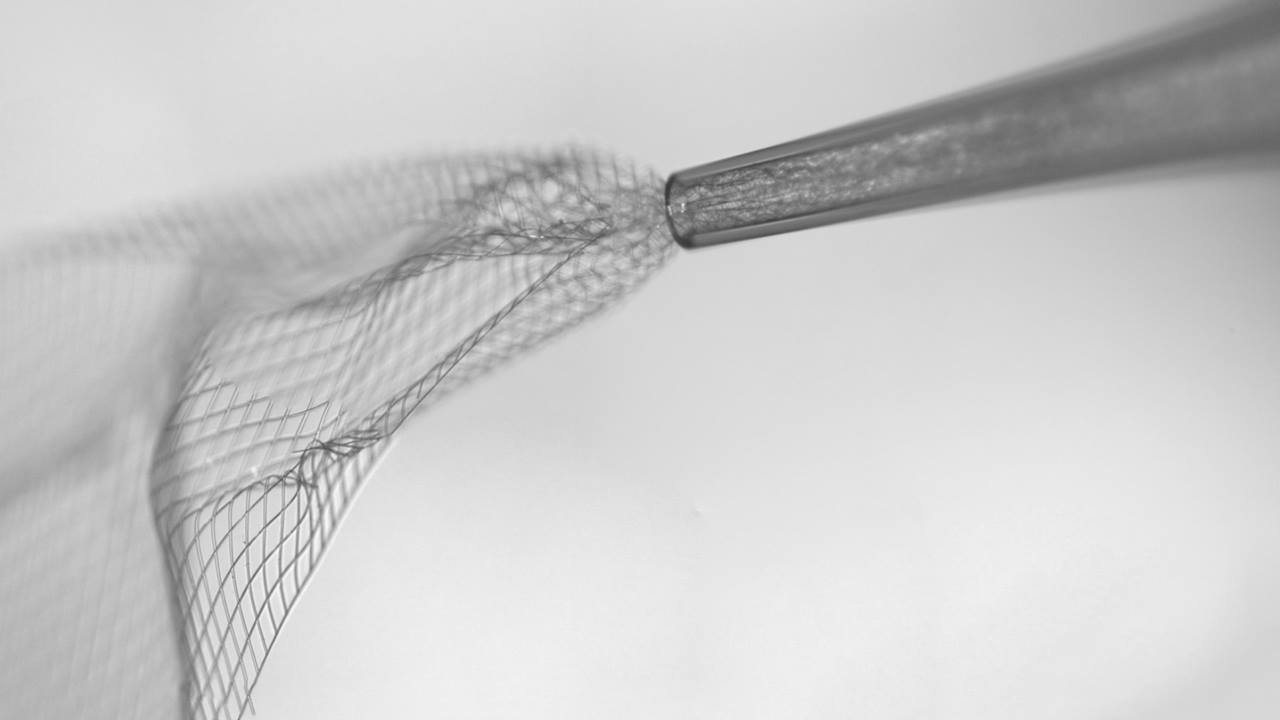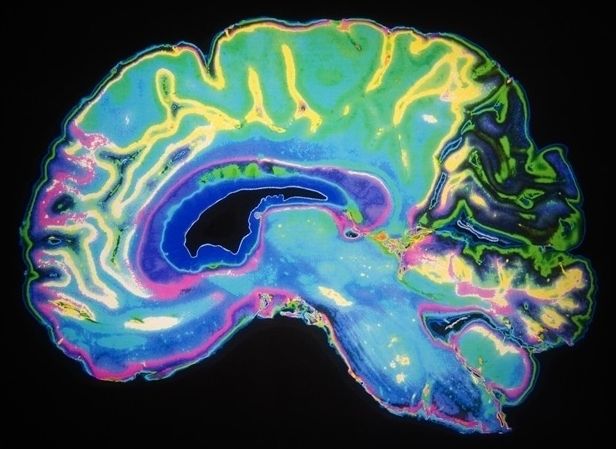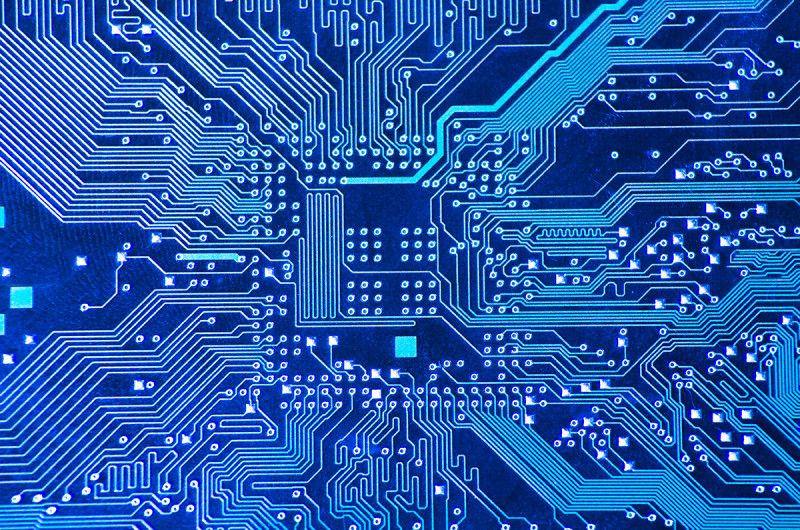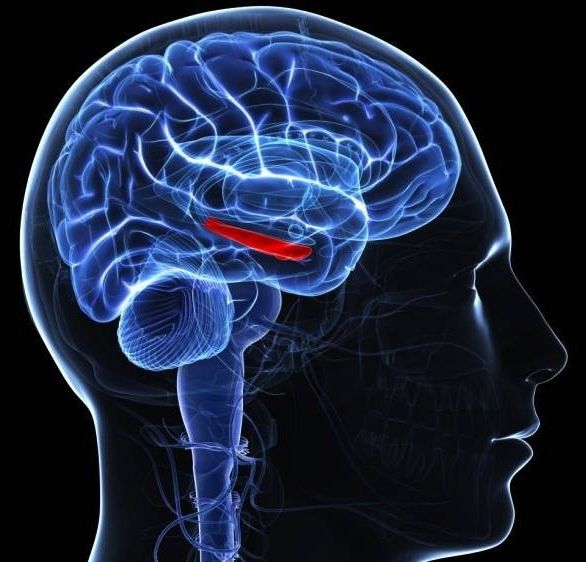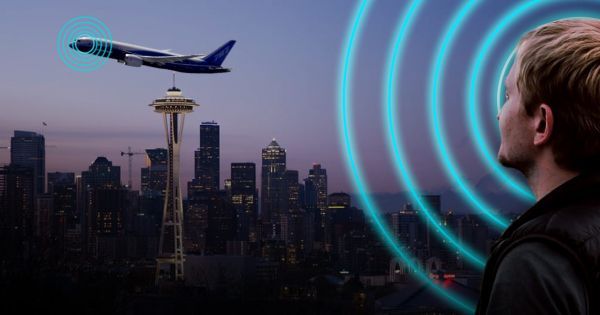Page 10410
Nov 23, 2016
Basic algorithm that enables our intelligence discovered in brains
Posted by Shane Hinshaw in categories: biotech/medical, information science, mathematics, neuroscience
Our brains have a basic algorithm that enables us to not just recognize a traditional Thanksgiving meal, but the intelligence to ponder the broader implications of a bountiful harvest as well as good family and friends.
“A relatively simple mathematical logic underlies our complex brain computations,” said Dr. Joe Z. Tsien, neuroscientist at the Medical College of Georgia at Augusta University, co-director of the Augusta University Brain and Behavior Discovery Institute and Georgia Research Alliance Eminent Scholar in Cognitive and Systems Neurobiology.
Nov 23, 2016
The Dangers of Quantum Computing
Posted by Karen Hurst in categories: augmented reality, computing, quantum physics
Any technology with the word “quantum” in the name is by nature impossible for lay people to understand and even difficult for scientists to get their arms fully around. However, though its workings are mysterious, quantum science offers very useful everyday tools.
There has been a race for quantum computing for years. Part of the reason is that these devices will leave today’s computers in the dust. The other element is that planners see that current computing technology is reaching its growth limits. Quantum computing is the key to the future to them, not science fiction.
Microsoft, which Computerworld says has been researching quantum computing for more than a decade, is expanding its quantum computing efforts. It has put Todd Holmdahl, one of the people involved in the development of Kinect, HoloLens and Xbox, in charge of developing quantum hardware and software. It’s also hired professors from the Delft University of Technology in the Netherlands; the University of Copenhagen; ETH Zurich and University of Sydney in Australia.
Nov 23, 2016
Researchers uncover neural progenitors in protective membranes covering the brain
Posted by Karen Hurst in categories: biotech/medical, neuroscience
In a cross-domain study directed by professor Peter Carmeliet (VIB — KU Leuven), researchers discovered unexpected cells in the protective membranes that enclose the brain, the so called meninges. These ‘neural progenitors’ — or stem cells that differentiate into different kinds of neurons — are produced during embryonic development. These findings show that the neural progenitors found in the meninges produce new neurons after birth — highlighting the importance of meningeal tissue as well as these cells’ potential in the development of new therapies for brain damage or neurodegeneration. A paper highlighting the results was published in the leading scientific journal Cell Stem Cell.
Scientists’ understanding of brain plasticity, or the ability of the brain to grow, develop, recover from injuries and adapt to changing conditions throughout our lives, has been greatly broadened in recent years. Before the discoveries of the last few decades, neurologists once thought that the brain became ‘static’ after childhood. This dogma has changed, with researchers finding more and more evidence that the brain is capable of healing and regenerating in adulthood, thanks to the presence of stem cells. However, neuronal stem cells were generally believed to only reside within the brain tissue, not in the membranes surrounding it.
The meninges: unappreciated no more: Believed in the past to serve a mainly protective function to dampen mechanical shocks, the meninges have been historically underappreciated by science as having neurological importance in its own right. The data gathered by the team challenges the current idea that neural precursors — or stem cells that give rise to neurons — can only be found inside actual brain tissue.
Nov 23, 2016
After Years of Neglect, Cancer Biologists Return to a Forgotten Field: Metabolism
Posted by Karen Hurst in categories: biotech/medical, chemistry
Nov 23, 2016
IIT-B has come up with hydrogels mimicking natural brain tissue to cure Parkinson’s disease via stem cell therapy
Posted by Karen Hurst in categories: bioengineering, biotech/medical, neuroscience
BENGALURU: After working for five years, a team of three from department of Biosciences and Bioengineering (BSBE) at Indian Institute of Technology (IIT), Bombay and IITB-Monash Research Academy has designed smart amyloid based hydrogels that are able to guide stem cell to differentiate to neuron and successfully transplanted these stem cells in the brain of Parkinson’s disease (PD) animal models with unique amyloid hydrogels.
Nov 23, 2016
DARPA is Placing “Big Bets” on Space-Based Weapons Systems
Posted by Karen Hurst in categories: neuroscience, security, space
DARPA sees a real possibility for spaced based conflict. So, it’s hoping to create breakthrough technology to dissuade U.S. adversaries who might consider attacking from space.
Defense Advanced Research Projects Agency assists national security with efforts in space. It focuses on making space a “real-time operational domain,” as DARPA Director Dr. Arati Prabhakar recently said.
“The questions we ask ourselves at DARPA about the space domain … is what would it take to make the space domain robust for everything that we need militarily and for intelligence, and what would it take to make space a real-time operational domain, which it’s not at all today,” the director said last week at the 4th annual Defense One Summit. Many nation-states now orbit the Earth. Conflict is a real possibility, believes Prabhakar.
Nov 23, 2016
Mind Control: New System Allows Pilots to Fly Planes Using Their Brainwaves
Posted by Karen Hurst in category: neuroscience
In Brief
- A new system developed at Honeywell Aerospace makes it possible for a pilot to control a working airplane with his or her mind.
- The system working in itself is a revelation; if this is the beginning of actual mind control, there is no telling where the tech will lead us.
Nov 23, 2016
Quantum dots for the manipulation of light
Posted by Karen Hurst in category: quantum physics
Scientists are manipulating light with quantum dots advancing into quantum based light technology.
